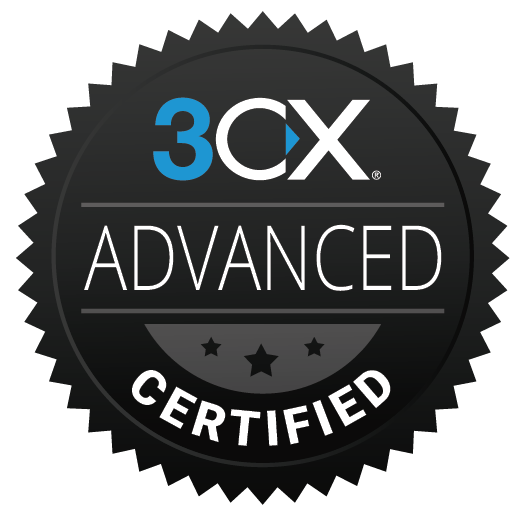Both Comcast and AT&T in our area are starting to offer 1 GB Internet service to residences and businesses. Many people are taking advantage of promos for faster speeds, even in residences, but is this really needed? For the purpose of this article, I will address residential needs.
What is 1 GB Internet?
This is the speed at which you can download data (uploads are handled at lower speeds, and are not as important for residential service).
How much speed do I need?
Great question. If you a small household with few users/devices, 10-20 Meg is probably all you need. What increases how much speed you may want is:
Number of users – if you have a lot of users (family, etc.) all using the Internet at the same time, you will need more bandwidth.
- Number of devices – Most of us have multiple devices (a laptop, tablet and cell phone). It is not uncommon with a large family to have 20 or more of these devices in a home, all of which get updates that must be downloaded.
- Applications – there are a lot of applications many of us have such as:
- Security cameras – If you view your cameras remotely or store video in the cloud, this uses bandwidth
- Cloud Applications – if you have apps that reside in the cloud (e.g. photos/videos), web radio or cloud storage synching, this uses bandwidth
- TV/Movie applications such as Netflix, Hulu, Apple TV, etc.
- Gaming – PC or console games can be huge bandwidth consumers
So how much do you need? 50 Meg is enough for most families, even with a lot of users/devices. At one point, I had 7 users and over 20 devices in our home, many using Apple TV, Hulu, Netflix, Spotify and gaming simultaneously, with little or no issues (I did eventually upgrade to 100 Meg to get better gaming performance).
What else do I need to make it work?
This is overlooked and the ISP’s don’t really volunteer this info.
- Data switch with 1 GB (10/100/1000) Ethernet ports. Older switches only support 100 Meg per port, so you won’t even be able to enjoy 1 GB Internet.
- Cat 6 cable runs and patch cords. Older Cat 5e standards only support up to 100 meg connections, so you will need Cat 6 cable runs and patch cords to be able to enjoy the whole benefit of a 1 GB connection.
- WiFi – If you have WiFi connections, your wireless access points need to be at least the ‘AC’ standard, connected via a Cat 6 cable run. Without this, your old WiFi will act as a bottleneck for bandwidth. Also, some less expensive consumer access points to not handle multiple, simultaneous devices well, so even if it is the AC standard, it may not support good speeds for simultaneous users.
Why might I need it?
Most people don’t. For decades, we have had ‘too slow’ Internet in our homes, and sought faster speeds. As quickly as ISP’s (Internet Service Providers) would increase speeds, more content and applications would come out that would require even faster speeds. But download speeds have finally caught up with what most of us need. Unless you want bragging rights of having the fastest Internet speed on your block, you are probably wasting money on 1 GB speeds (especially if you do not have the other ‘speed needs’ listed above to support it).
Some practical/recreational purposes for 1 GB speeds are if you are downloading/backing up large amounts of data from your office to your house, or if you are a competitive gamer (higher speeds give players advantages). Other than that, in our experience, most people do not need more than 50-100 Meg Internet speeds for their homes, and some can get by on much less than that.








